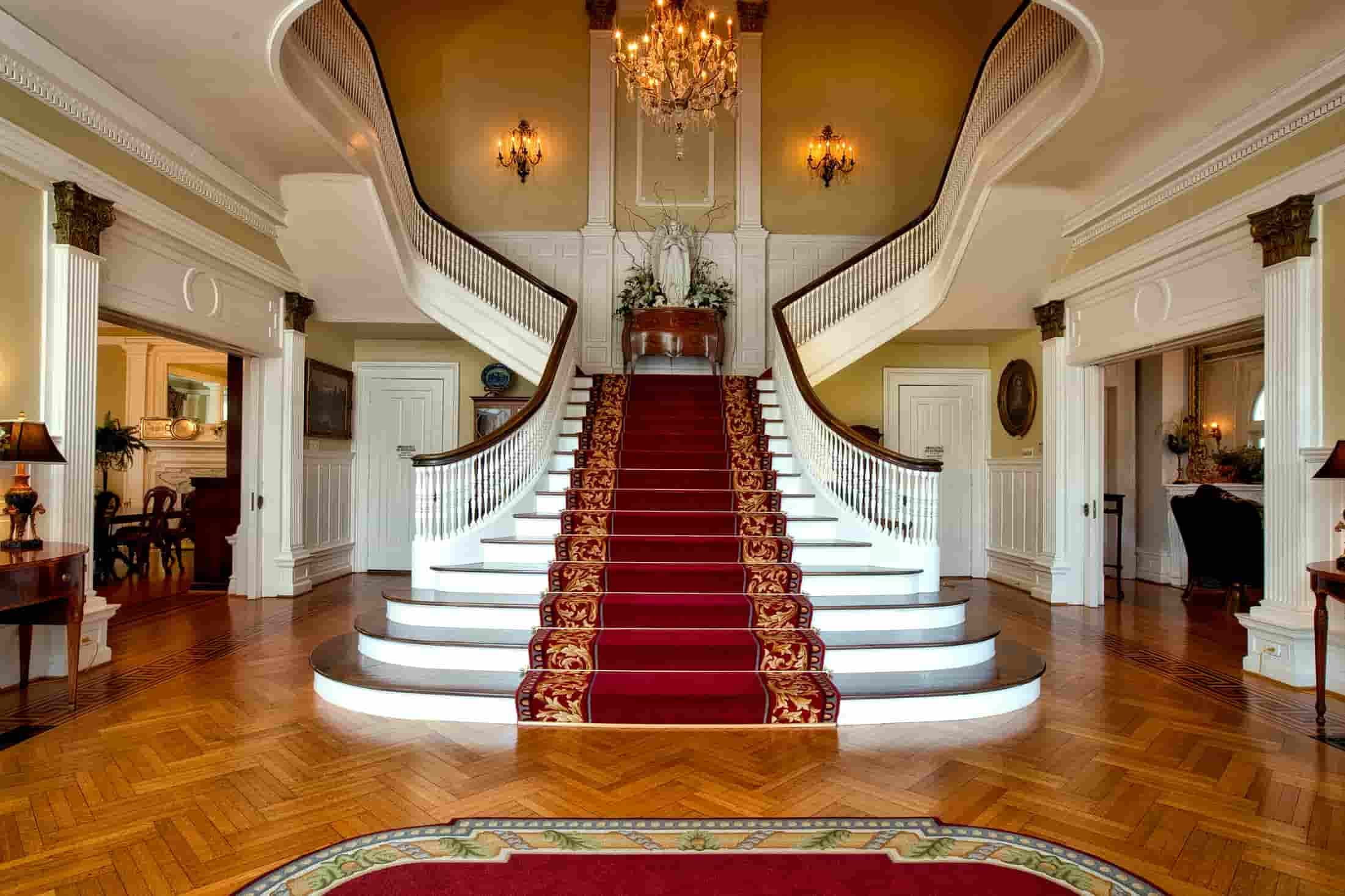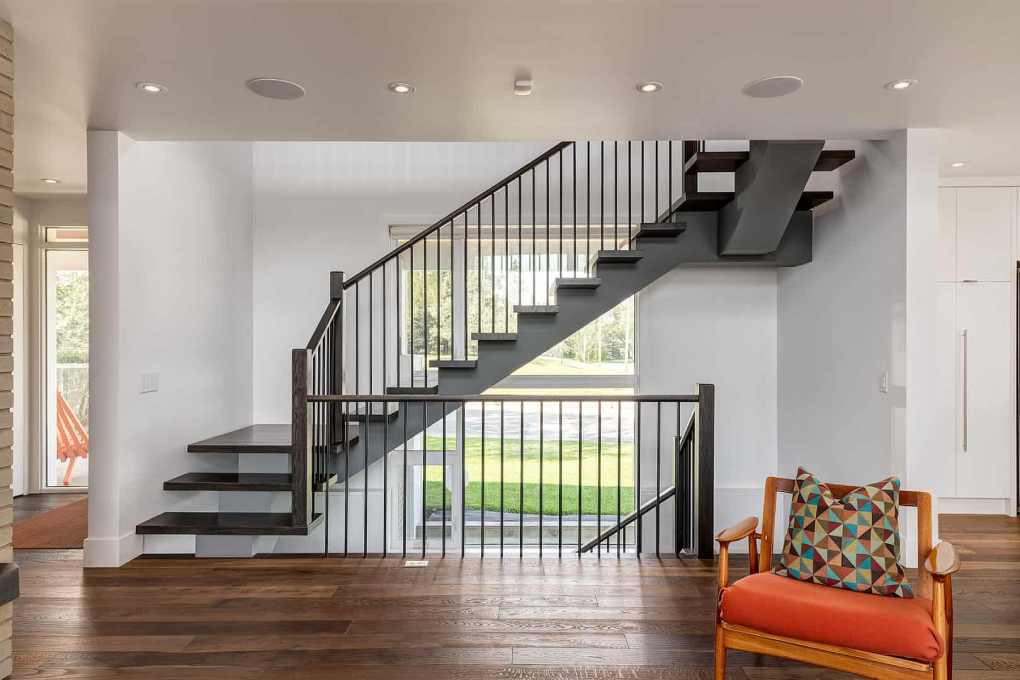
Staircase adds dignity and charm to your home when it is carefully designed and built! The stair is a set of steps leading from one floor to the other floor of the house. It provides easy and quick access to different floors of the house. Stairs are available in a variety of style and materials like wood, glass, brick, R.C.C., etc. When there is a change in direction of vertical transportation, turning stairs are used. Here we have given the brief information on turning stairs and its classification, which the homeowners should know before designing stairs for their house.
Types of Turning Stairs
Turning stairs are the stairs which turn in to other direction with landing or without landing. They are classified as:
01. Quarter Turn Stairs:
Quarter turn stairs change its direction (to 90 degrees) either to left or right by introducing a quarter space landing or by providing winders. The landing can be provided at various positions like base, top, midway, etc. to create a different configuration of the stairs. Quarter turn stairs are also called as L shaped stairs.

Courtesy – Archiexpo
02. Half Turn Stairs (Dog-Legged Stairs):
These stairs change its direction to 180 degrees. Half turn stairs are also U shaped stairs or dog-legged stairs. They can be easily accommodated in an architectural plan. U shaped stairs are the most commonly used in apartments, public buildings and corporate offices.

Courtesy – homestratosphere.com
03. Three Quarter Turn Stairs:
These types of stairs change their directions through 270 degrees. In other words, three quarter turn stairs have its direction changed three times before reaching the other floor. Three quarter turn stairs are generally used where the vertical distance between floors is high and space for staircase available is less.

Courtesy – Homestratosphere
04. Bifurcated Stairs:
These stairs have one wider flight at the bottom which bifurcates into two narrow flights one is right and other in left direction. Bifurcated stairs are more useful when there is high traffic of people estimated, but space available is less. Bifurcated stairs are more suitable for modern public buildings like cinemas, theatres, concert halls, etc. Bifurcated stairs are also commonly found in luxurious bungalows.

Each of the aforementioned types of turning stairs can be further classified into the following subtypes:
- Newel Stairs: A newel stairs are the one which has newel at the head and foot of each flight of the stairs in which the newels are of eye-catching features or attracting aesthetic elements.
- Well or Open-newel Stairs: In well or open newel stairs, lateral space is left between the turning flights.
- Geometrical Stairs: Geometrical stairs have continuous handrails and strings and are set out in accordance with the geometric principle. They may be circular, spiral, helical or elliptical. Here the newel may be used at the bottom and top of the stair which is not the essential part of the construction. These newels are comparatively weak and not as imposing as open newel type.
Different materials can be used to make turning stairs more attractive. These stairs are most commonly found in residences!
Also Read:
Various Components of Staircase
7 Different Varieties of Steps Used for Construction of Staircases
8 Requirements One Should Keep in Mind to Design a Good Stair!
Pros and Cons of Straight Stairs For Your Home!
































